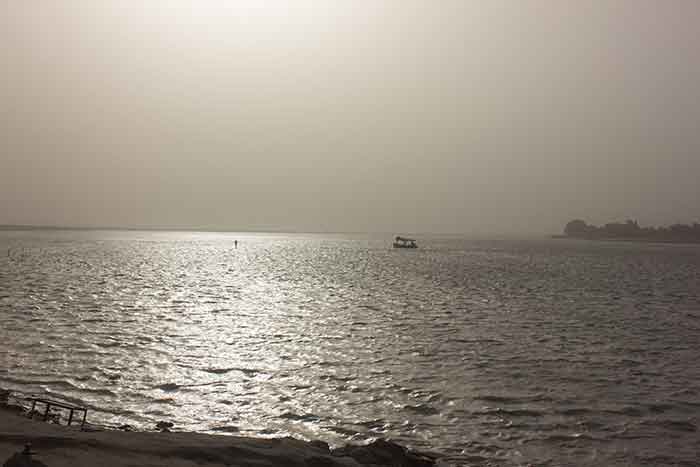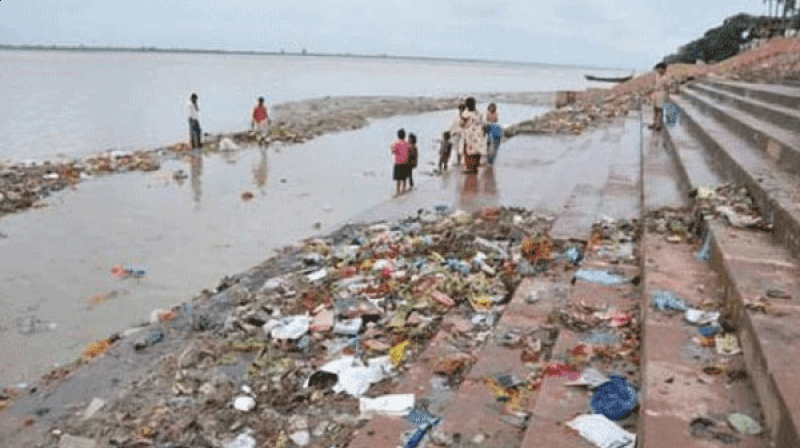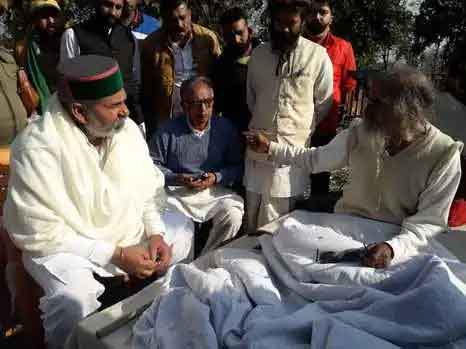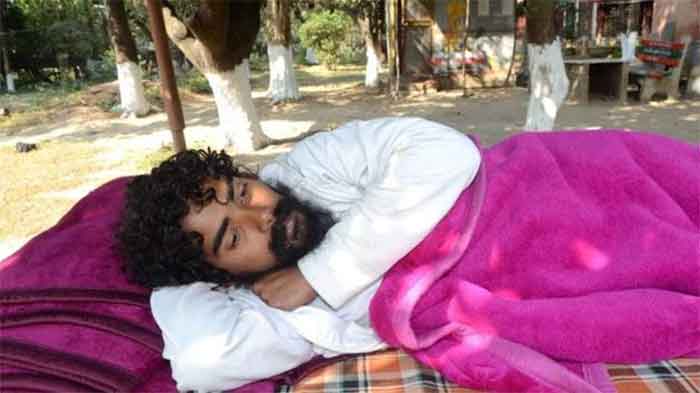
For the past two decades, 75-year-old Swami Shivanand Saraswati has been an eco-champion, fighting for the cause of protecting the holy river, fasting with fellow seers of Matri Sadan, and most importantly posing the right questions for the decision-makers. Surviving on just five glasses of water and living at a small forest-ashram in Haridwar, environmental advocates like Swami Shivanand Saraswati have raised serious concerns over the repercussions of actions taken against the laws of nature. Going back to the myths about the river’s origin, Swami Shivanand believes that the human race has offered nothing but their sins to the perennial, life-sustaining river. But one would think, why seers like Swami Shivanand had to embark on several fasts unto death for saving the river Ganga when government authorities have taken proactive steps for the river conservation and development.
Recently, the 5th India Water Impact Summit 2020 was organised by the National Mission for Clean Ganga (NMCG) and its think tank, Center for Ganga River Basin Management and Studies (cGanga) with the theme of “River Conservation Synchronised Human Settlement”. And this is just one of the many endeavours India has taken towards the mission of rejuvenating and cleaning the river Ganga. In 2014, an Integrated Conservation Mission called the ‘Namami Gange Programme’, was approved by the Union Government as a flagship programme with a budget outlay of Rs 20,000 crores to accomplish the twin objectives of effective abatement of pollution, conservation and rejuvenation of Ganga river. The programme was being implemented by the National Mission for Clean Ganga (NMCG), and its state counterparts—State Programme Management Groups. Since then, several central and state councils were formed, involving chief ministers of the Ganga basin states and officials from local bodies and grass-root level organizations, numerous MOUs have been signed between institutions to synergise the activities under the programme, but these developments have been questioned time and again by experts and environmental activists like Swami Shivanand.
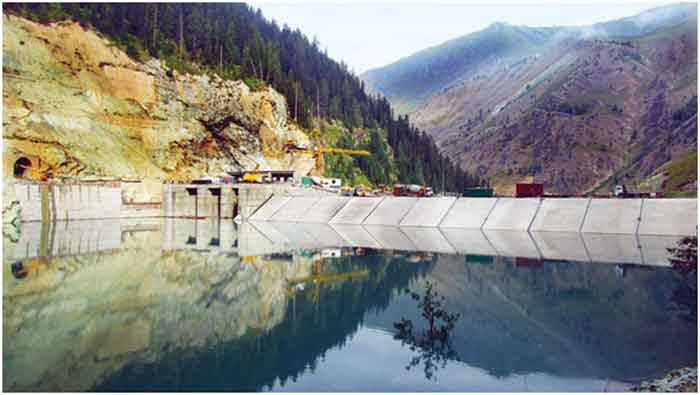
Although, initiatives to clean the Ganga began with the Ganga Action Plan I in 1986, till date problems have spiralled out of control for the river and the lives impacted by the river. The NMCG website talks about the towns which belong to five states on the main Ganga basin—Uttarakhand, Uttar Pradesh, Bihar, Jharkhand and West Bengal which are considered for pollution abatement—and not the ones which lie on the tributaries of the Ganga. However, according to a report published by Wildlife Institute of India in May 2018, 16 existing, 14 ongoing and 14 proposed hydroelectric projects on the Bhagirathi and Alaknanda river basins have turned the upper stretch of the Ganga into “ecological deserts” in the state of Uttarakhand. Increased water levels in different reservoirs have not only submerged vast areas in the Himalayan region but have also resulted in frequent landslides. Due to restrictions on the river flow, the velocity of the river decreased, siltation has increased and therefore minerals of the water have settled down at the riverbed. Near the foothills of the Himalayas, the stretch of the river Ganga has become an epicentre of unsustainable ways of quarrying and illegal sand mining.
The problems are not limited to the state of Uttarakhand. It’s said that in the twenty-first century, no river can satisfy the demands of the world’s biggest cities. The river Ganga flows through some of the most densely populated cities of the world like Kanpur, Allahabad, Varanasi in Uttar Pradesh, Patna in Bihar and Howrah in West Bengal. The Central Pollution Control Board’s (CPCB) March 2019 data show that water at only 13 of the 61 live monitoring stations in the Ganga was fit for bathing. Some recent data compiled by CPCB shows that actual measured discharge of wastewater into Ganga is 6,087 MLD, 123 per cent higher than the estimated discharge of wastewater. The dysfunctional and low-capacity sewage treatment plants (STP) have led to faecal coliform levels far above the permissible limits. Domestic sewage and faecal sludge are not the only concern for the authorities. Industries, tanneries and factories along the river Ganga dispose harmful industrial waste into drains which flow into the river. And it goes without saying that these anthropogenic activities catalysed by increased population growth, industrial development and rapid urbanization have left an adverse impact of on the ecological health of the river, including its natural resources and biodiversity.
The river Ganga impacts the lives of more than 400 million people and one might argue that these hydroelectric projects on the river Ganga are the best option for meeting energy requirements as they are renewable, sustainable and have a much lesser influence on climate change due to their minimal impact especially regarding the emission of Green House Gases. As per a report published by PWC and FICCI, India is projected to require around 7% annual growth in electricity supply to sustain a GDP growth of around 8.5% per annum over the next few years. To address the deficit and for meeting this demand growth for accelerating economic development while taking into account considerations of long-term sustainability, environmental and social aspects, hydroelectric projects come out as winners. So, whose demands should be met first – The fasting sanyasis of the Matri Sadan Ashram, who have offered their lives to safeguard the river? Or the millions of people in rural India who still lack access to electricity?
While the government still needs to plan and re-think on the promise of cleaning the Ganga, it also needs to strategize about the efforts to boost the economy through sustainable development. But several questions remain unanswered. Will Ganga ever be cleaned? And can India afford to take a step towards sustainability and be an advocate of environmental activism when basic needs like access to electricity is still a dream for millions of Indians?
Chinmay Mandal is MBA student from IIM Ahmedabad
SIGN UP FOR COUNTERCURRENTS DAILY NEWSLETTER

